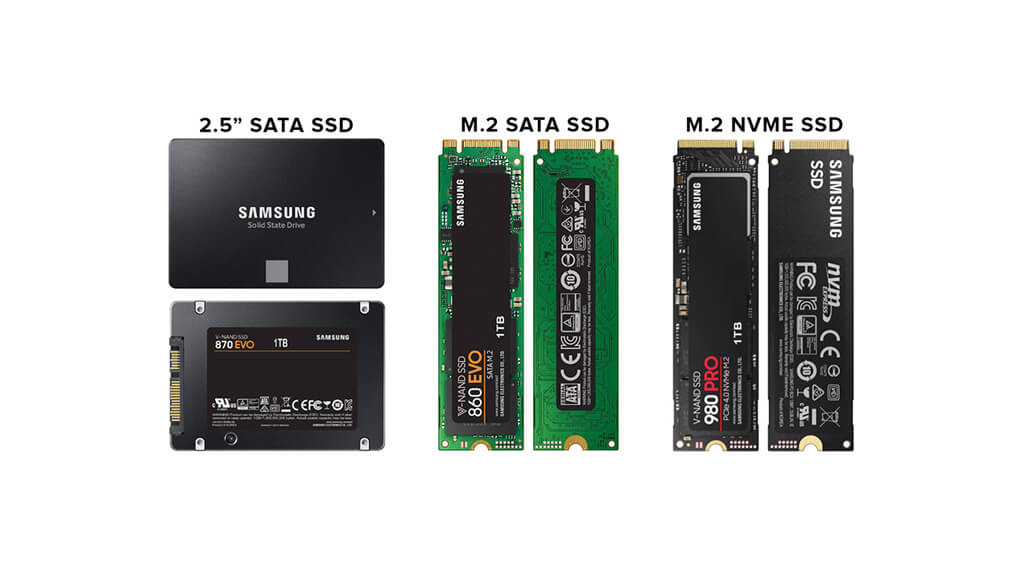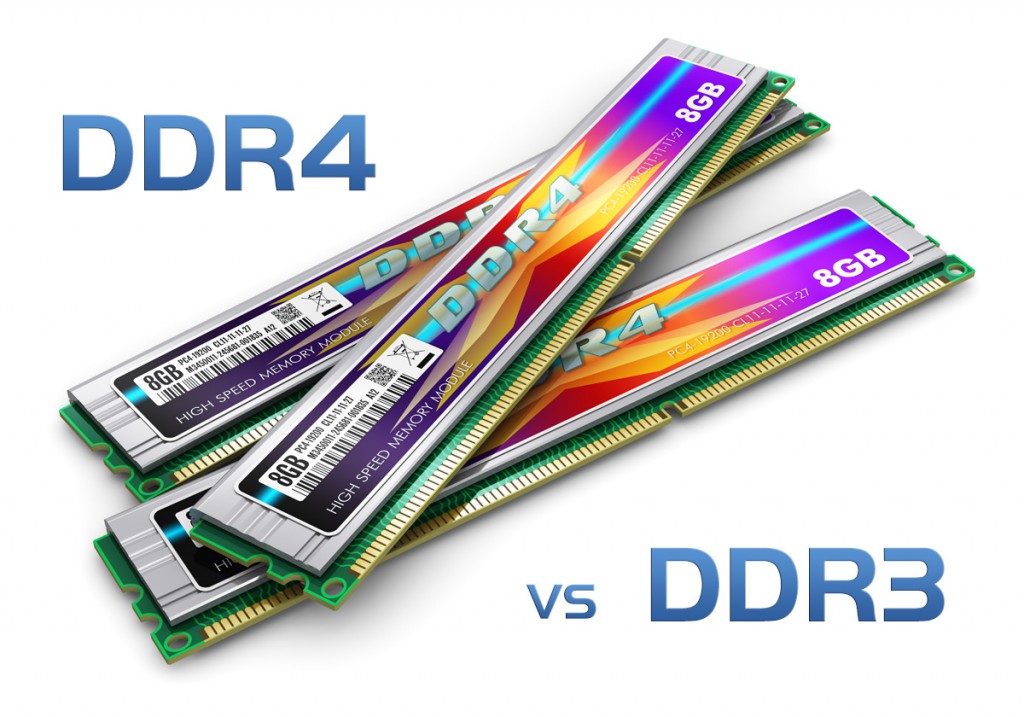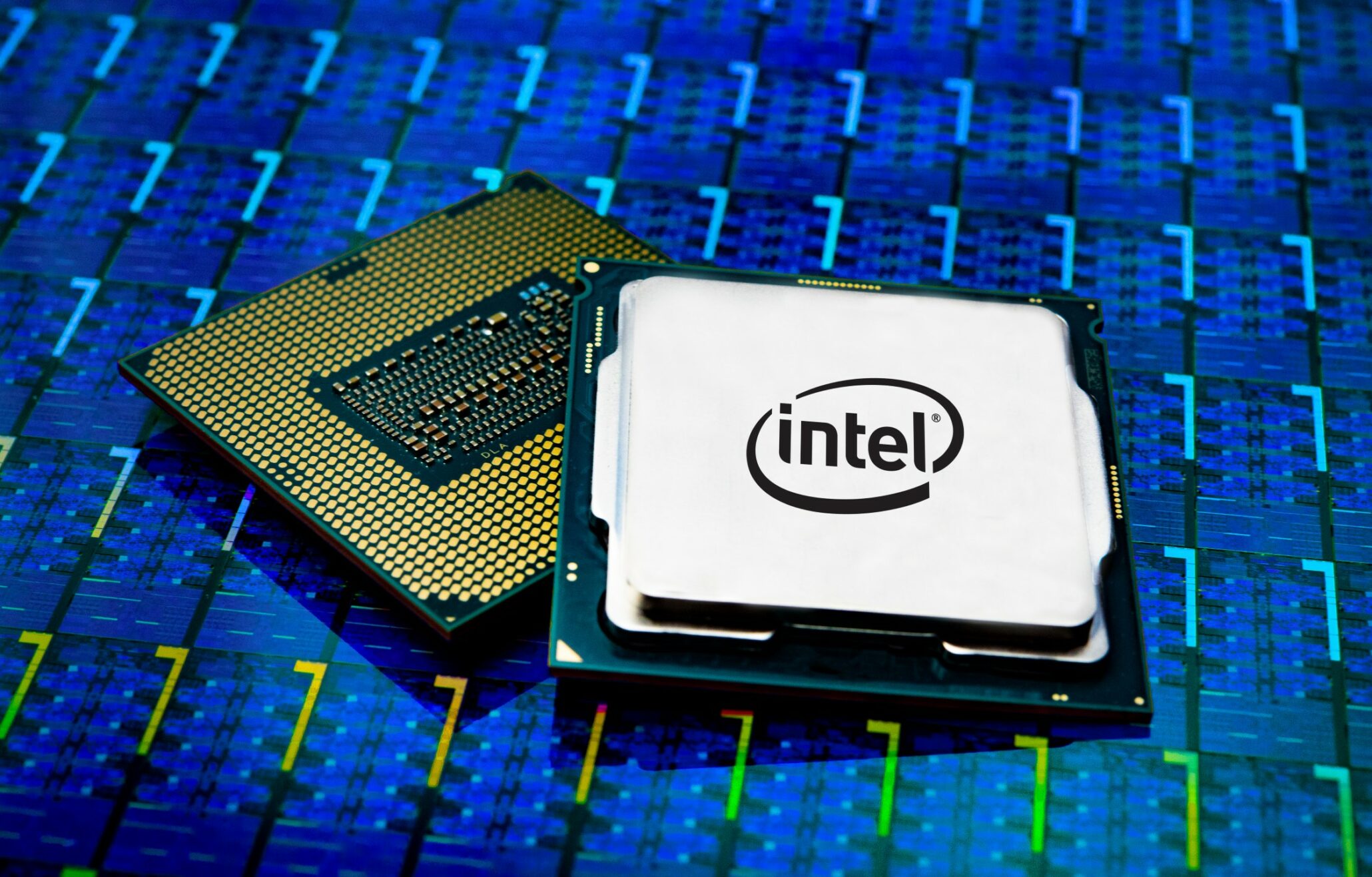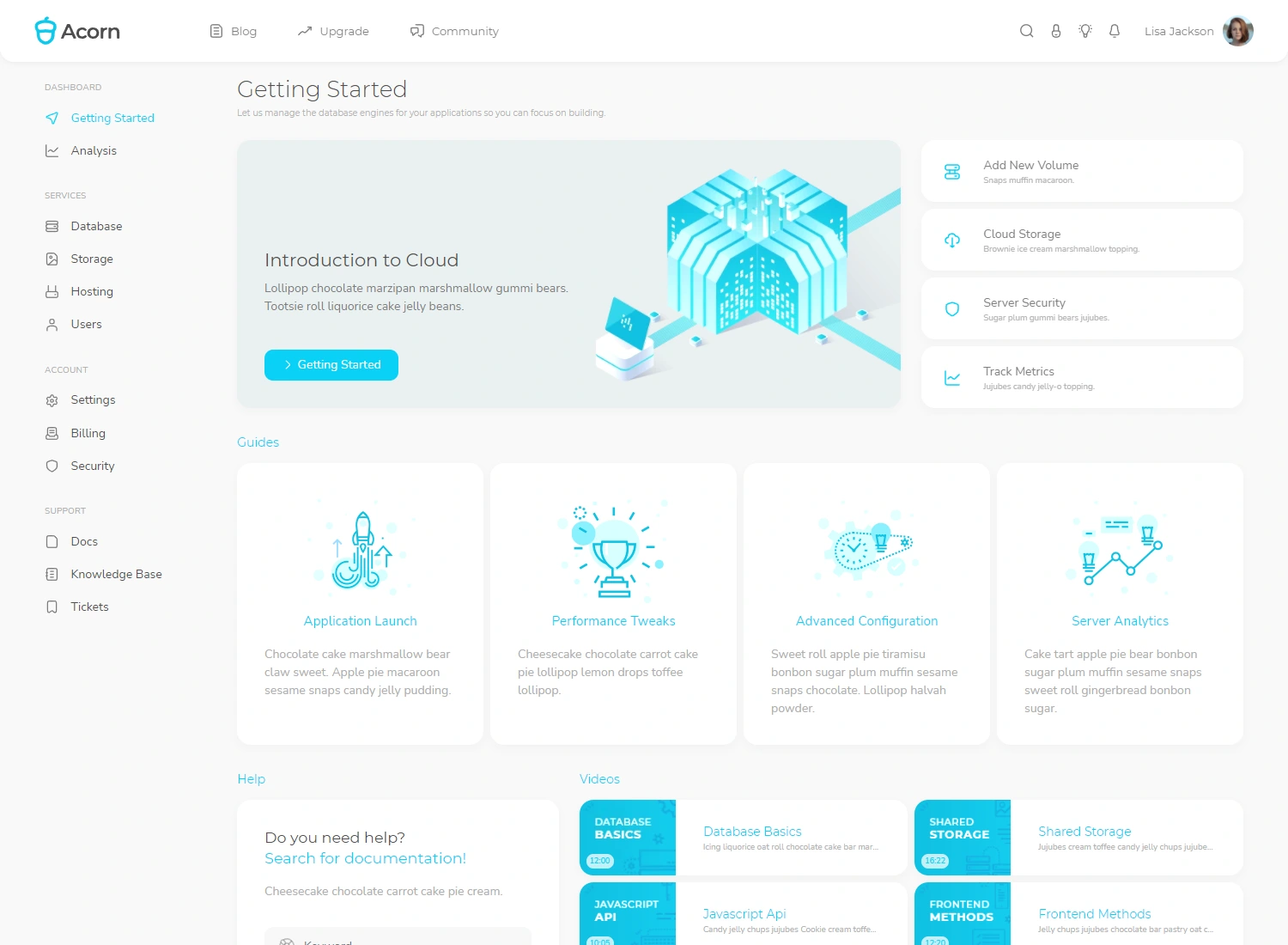DIFFERENCE BETWEEN NVMe, M.2 AND 2.5" SATA SSD'S
DIFFERENCE BETWEEN NVMe, M.2 AND
2.5" SATA SSD'S
Interface Type
- NVMe vs. SATA: SSDs
use either NVMe or SATA interfaces to communicate with a PC. NVMe is
significantly faster than SATA.
- M.2: This
is a form factor, not an interface. M.2 SSDs can use either NVMe or SATA.
- Product Advertisements:
Sometimes, "M.2 SSD" implies an NVMe drive, and "SATA
SSD" implies a 2.5-inch form factor SSD. Always check the technical
specifications to determine the actual speed of the storage drive.
Speed
- NVMe Drives: These
are faster than SATA drives, regardless of the form factor. The speed of
NVMe drives depends on the generation of the PCIe connector:
- NVMe
PCIe 3.0 (Gen 3) can reach speeds up to 3,500MB/s.
- NVMe
PCIe 4.0 (Gen 4) can reach speeds up to 7,500MB/s.
- SATA SSDs:
Typically reach speeds up to 500MB/s. This is still much faster than
traditional SATA HDDs, which max out around 160MB/s. Users will notice a
significant performance improvement when switching from an HDD to a SATA
SSD.
Price
- NVMe Drives:
Generally more expensive due to their higher speeds.
- A 1TB
SATA SSD costs around $90 to $100.
- A 1TB
NVMe PCIe 3.0 SSD costs around $115 to $120.
- A 1TB
NVMe PCIe 4.0 SSD ranges from $120 to $200, with cheaper models maxing
out at around 5,000MB/s.
- Form Factor: Price
differences between 2.5-inch SATA SSDs and M.2 models are minimal, though
2.5-inch models can sometimes be cheaper.
Form Factor
- NVMe SSDs:
Commonly found in the M.2 form factor in laptops and pre-built desktop
PCs. Other forms exist but are less common.
- SATA SSDs:
Available in both 2.5-inch and M.2 form factors.
- Compatibility: If
your laptop has an M.2 slot, check if it supports NVMe, SATA, or both
before purchasing an SSD.











